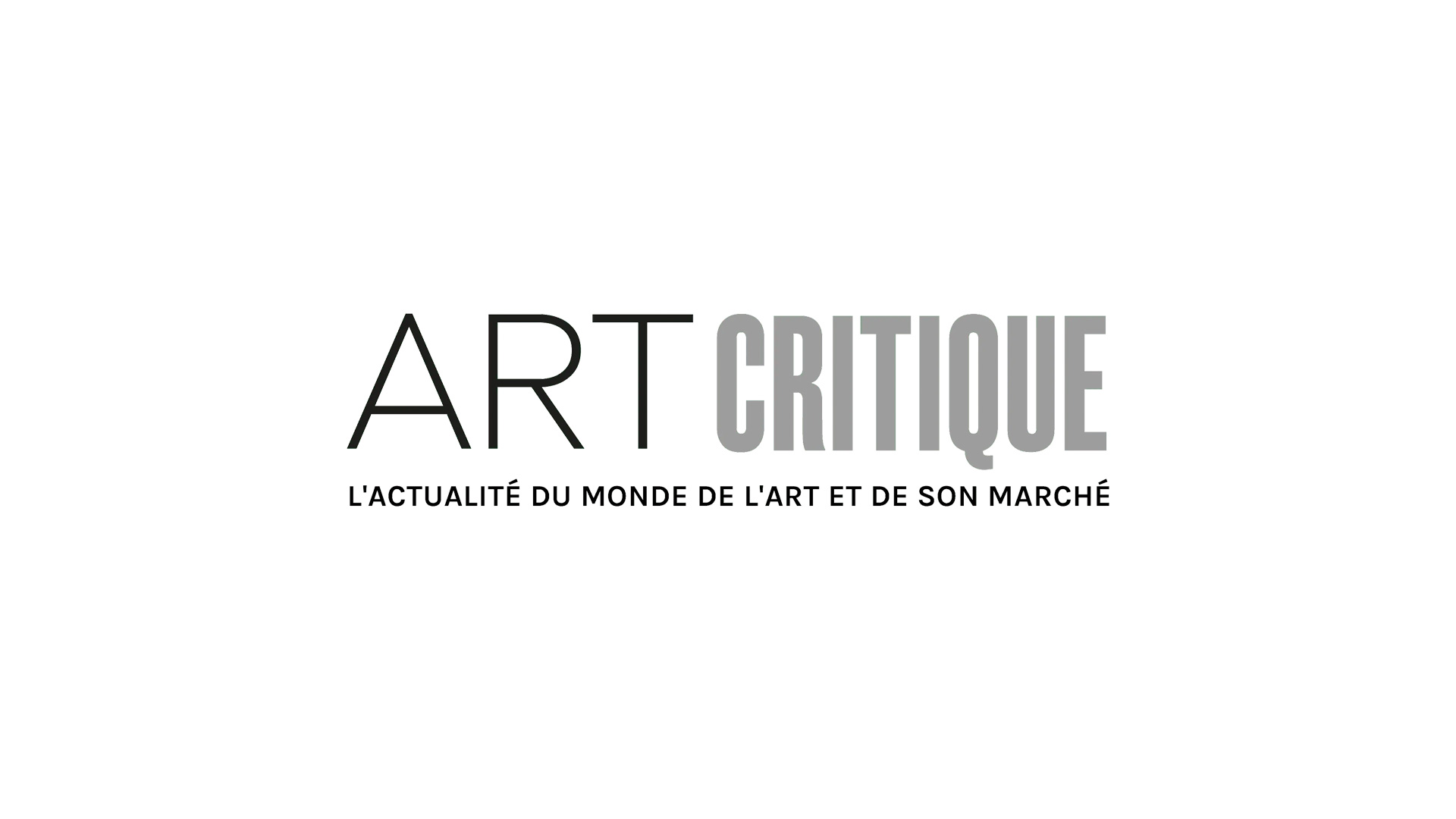The Louvre has become the first major institute to officially remove the Sackler family name from its galleries. The Sacklers had been associated with the museum’s wing of oriental antiquities since 1997 but today, a placard bearing the family’s name was removed from the gallery and all other references to the name have been temporarily taped over seemingly until more permanent signs are installed.
One of the Louvre’s guards, Sophie Aguirre, told The New York Times that the plaque was removed from the gallery on the 8th or 9th of July when the gallery was closed to the public. There are at least nine other instances in which grey tape covers the Sackler name effectively erasing it from the museum’s face. The name and references to it, such as ‘The Sackler Wing,’ have also been removed from the museum’s website.
According to Jean-Luc Martinez, the museum’s president, the Louvre holds a 20-year policy for named galleries. The removal of the name has more or less be chalked up to that protocol as opposed to the controversy surrounding members of the Sackler family despite the 20-year mark having passed in 2017.
Members of the Sackler family have come under scrutiny with more than 1,500 lawsuits naming family members in them concerning OxyContin and Purdue Pharma. OxyContin, a highly addictive opioid, has been part of a growing crisis in the US as people, often prescribed the drug, have developed a dependency on the pain medication, which has also in the death of many. Mortimer and Raymond Sackler founded Purdue Pharma and played a role in the development and marketing of OxyContin.
While the museum has maintained that the name was removed according to museum policy, activist, artist, and once opioid addict Nan Goldin believes the museum responded to a demonstration held by P.A.I.N. on July 1st. ‘I think it happened due to our protests,’ said Goldin in an interview. ‘It shows direct action works. This is the next step.’ The protest was only one demonstration the activist organization has held calling on museums to cut ties with the Sackler family.
Goldin did recognize that some museums cannot remove the family name due to their contracts; however, she continues to urge museums to set better examples in ‘ethics and morality.’ One such museum that cannot remove the Sackler name is the Smithsonian, which only recently responded to a senator’s call to remove the name from their Asian Art museum. Lonnie Bunch, the new secretary of the museum stated that the museum is contractually required to keep the name but since 2011, the Smithsonian has adopted a similar 20-year naming policy.
Earlier this year in March, the National Portrait Gallery in London refused a $1.3 million donation from one of the family’s charitable bodies, which lead to other organizations, including the Tate group and Solomon R. Guggenheim, saying they will no longer accept donations from the family. Later, in May, the Metropolitan Museum of Art said it would also no longer accept donations from the Sackler family but said it did not anticipate removing the Sackler name from portions of its museum. A number of museums, like London’s Victoria and Albert and Berlin’s Jewish Museum, have said the family’s name will remain, for now.





